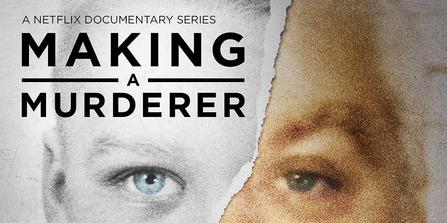_______________________________________________________________________________ Don't Forget: As an Affiliate, I Earn from Qualifying Purchases. If you click on any Amazon, Chewy, Walmart, or other links on my site and make a purchase through those companies, I may receive a small percentage of that sale at no extra cost to you. This helps me pay for the upkeep and maintenance of my site. You'll also notice advertisements on my site, which help contribute to the costs of running the site. _______________________________________________________________________________
In the intricate tapestry of the Teresa Halbach murder case, myriad threads of suspicion, evidence, and conjecture intertwine. Over the years, this perplexing narrative has largely centered on Steven Avery, who was convicted for Halbach’s murder in 2007. However, new revelations have thrust another character into the narrative crosshairs: Avery’s nephew, Bobby Dassey.
Dassey has been a prominent figure in the case since its early stages, playing a crucial role as a witness in Avery’s trial. But as time has passed, the spotlight has shifted, painting Dassey not just as a witness, but also as a potential suspect.
The testimony Dassey provided during Avery’s trial serves as a significant point of contention. His account placed Halbach at Avery’s property on the day she vanished. Yet, this evidence contradicts his earlier statements to the police, casting a shadow of doubt over his credibility.
Another point of suspicion arises from Dassey’s online activities. Disturbing search records retrieved from the Dassey family computer show an unsettling interest in violent pornography and images of dead bodies. Kathleen Zellner, Avery’s current lawyer, has suggested that this disturbing digital trail might hint at a possible motive for Halbach’s murder.
New eyewitness testimonies have further shifted the focus towards Dassey. Allegations suggest he was spotted in Halbach’s car on the day she went missing. If proven, this could potentially upend the existing narrative and turn the spotlight of suspicion firmly on Dassey.
Questions also surround Dassey’s uncorroborated alibi, where he claimed to be asleep at home at the time of Halbach’s murder. This factor adds another layer of complexity to the swirling maelstrom of doubts and suspicions in the case.
However, it’s crucial to tread carefully when dissecting these circumstances. While they indeed raise suspicions about Dassey’s involvement, they do not establish guilt. The principle of ‘beyond a reasonable doubt’ must remain paramount, with the courts holding the responsibility to weigh evidence and deliver verdicts.
The evolving nature of the Avery-Halbach case has continually provoked conversations around justice and legal processes. As fresh revelations emerge, the pursuit of truth must remain rigorous and objective. The shifting focus towards Bobby Dassey’s potential involvement embodies the complexities of this case, underscoring that the search for justice is an unending quest, forever seeking the elusive truth.
